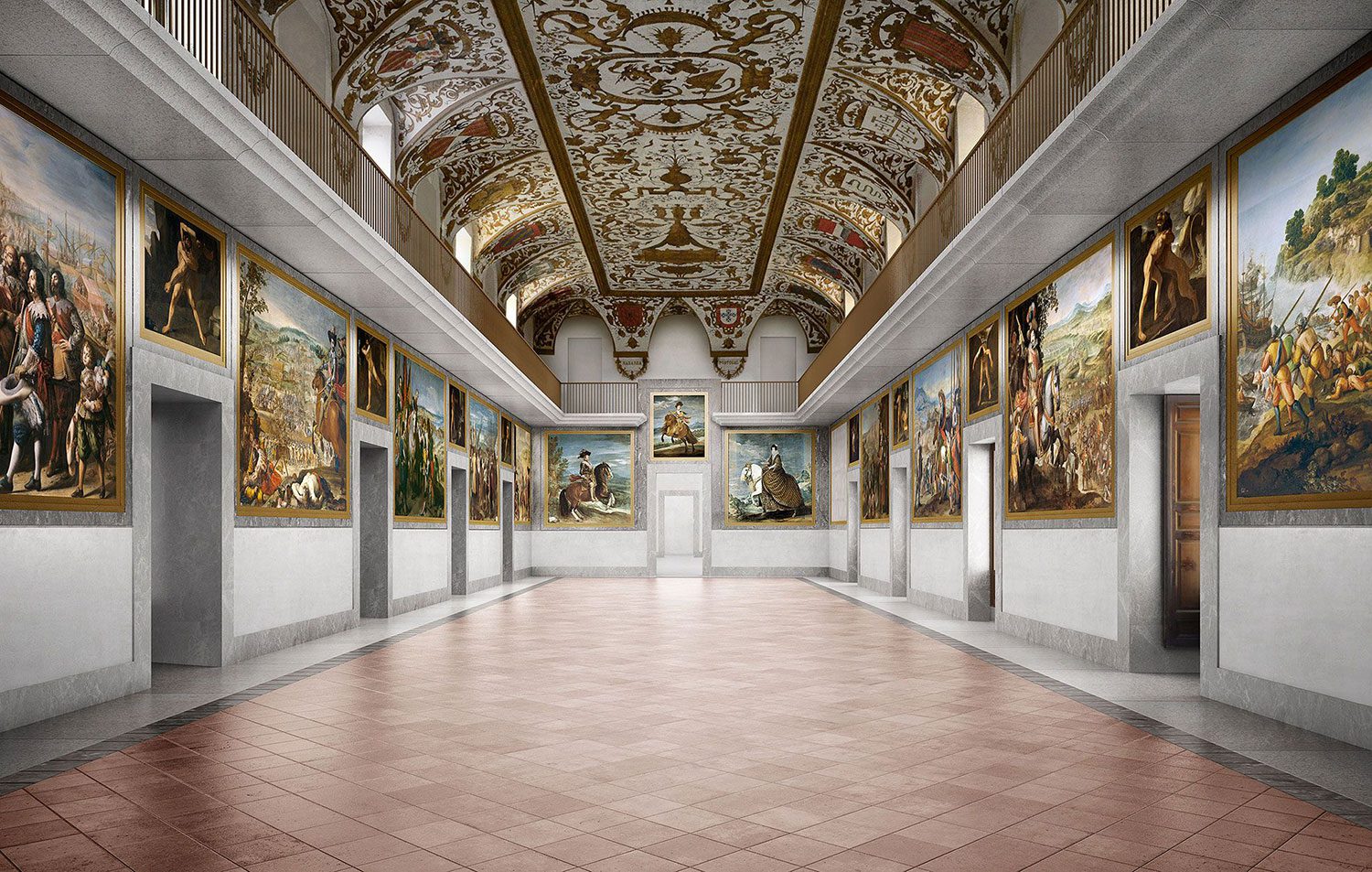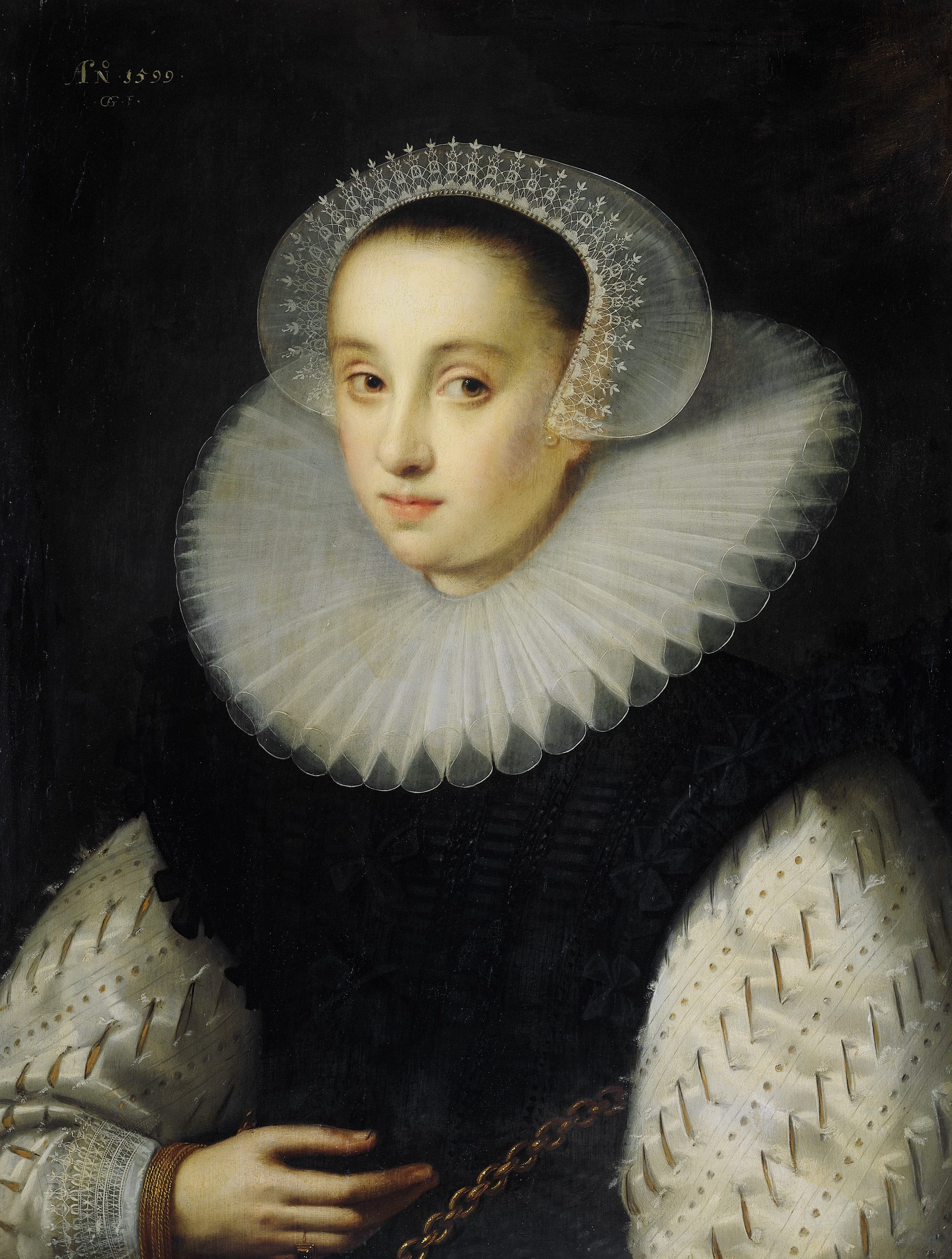Visiting the Prado Museum
Introduction
The Prado Museum is one of the world’s most essential and prestigious museums. Located in Madrid, Spain, the museum houses an extensive collection of European art that spans several centuries, including some of the most iconic and significant works of art in history. The museum is a popular tourist destination, drawing visitors from all over the world, and is an essential stop for anyone interested in art, history, and culture.
History of the Prado Museum
The Prado Museum was founded in 1819 by King Ferdinand VII as the Royal Museum of Painting and Sculpture. At the time, the museum’s collection was limited to works of art from the Spanish royal collections, which included paintings, sculptures, and other decorative arts. The museum was initially located in the Royal Palace of Madrid but was later moved to its current location, a neoclassical building designed by the architect Juan de Villanueva.
Over the years, the museum’s collection expanded significantly by acquiring works of art from other royal and private collections. Today, the Prado Museum is one of the world’s largest and most comprehensive art museums, with a collection of over 8,000 paintings, 700 sculptures, and other works of art.
Collections at the Prado Museum
The Prado Museum’s collection includes art from many periods and artistic movements. The museum’s collection of Spanish art is particularly significant and consists of some of the most important works of art in the country’s history. The collection includes works by some of the most famous Spanish artists, such as Diego Velázquez, Francisco de Goya, El Greco, and Bartolomé Esteban Murillo.
One of the most famous works in the museum’s Spanish collection is “Las Meninas” by Diego Velázquez. The painting, which depicts a scene from the court of King Philip IV, is widely considered to be one of the greatest paintings ever created. The painting is notable for its masterful use of light and shadow and its intricate composition.

The Prado Museum’s collection of European art is equally impressive, with works by some of the most influential artists in history. The museum’s collection of Italian art includes works by Raphael, Titian, and Tintoretto, while its collection of Flemish art includes works by Rubens and Van Dyck. The museum’s collection of Dutch art includes works by Rembrandt, Vermeer, and Frans Hals, while its collection of French art includes works by Poussin, Watteau, and Ingres. The museum’s collection of German art includes works by Albrecht Dürer, while its collection of British art includes works by Thomas Gainsborough and Joshua Reynolds.
Exhibitions at the Prado Museum
The Prado Museum is known for its exceptional exhibitions, which provide visitors with a deeper understanding of the works of art on display. The museum regularly hosts temporary exhibitions exploring various themes and subjects in art history. These exhibitions often include works from other museums and private collections and are curated to give visitors a comprehensive understanding of the subject.
The museum’s permanent collection is also organized to provide visitors with a meaningful experience. The collection is organized chronologically, with works of art arranged according to the period in which they were created. This allows visitors to explore art’s development over time and see how different artistic movements and styles influenced each other.

Research and Conservation at the Prado Museum
The Prado Museum is not just a place to view great works of art but also a center for research and scholarship. The museum’s research department is one of the most important in the world, and its team of experts is dedicated to studying the museum’s collection and advancing knowledge in art history. The research department is involved in a wide range of projects, including developing new conservation techniques, studying individual works of art, and creating educational materials for visitors.
The conservation department at the Prado Museum is also one of the most advanced in the world. The department is responsible for preserving and restoring the museum’s collection. It uses the latest scientific techniques and technologies to ensure that the works of art are protected for future generations. The department is also involved in research and works closely with the research department to develop new techniques for conservation.
Highlights of the Prado Museum
One of the highlights of the Prado Museum is its collection of works by the Spanish master Francisco de Goya. Goya is one of the most essential artists in Spanish art history, and the Prado has one of the world’s largest collections of his works. The museum’s Goya collection includes several of his most famous paintings, including “The Third of May 1808,” which depicts the brutal suppression of an uprising in Madrid during the Napoleonic Wars.

Another significant artist in Prado’s collection is Diego Velázquez, widely regarded as one of the greatest artists in the history of Western art. Velázquez’s masterpiece “Las Meninas” is on display at the Prado and is one of the most celebrated paintings in the museum’s collection. The painting is a complex and layered work that has captivated viewers for centuries and is a testament to Velázquez’s skill and mastery.
The Prado Museum is also home to an impressive collection of Italian Renaissance art, including works by Raphael, Botticelli, and Titian. The collection includes some of the most important works of art from the Renaissance period and is a testament to the enduring influence of Italian art on the Western tradition.
In addition to its collection of paintings, the Prado Museum is also home to an impressive collection of sculpture, decorative arts, and other works of art. The museum’s decorative arts collection includes pieces from a wide range of cultures and periods and is a testament to the diversity and richness of human artistic expression.
The Prado Museum has a long and storied history and has played an essential role in the cultural life of Madrid for over two centuries. The building, originally designed as a natural science museum, was converted into an art museum in the 19th century and has undergone several renovations and expansions over the years. Today, the museum is a modern and dynamic institution committed to excellence in research, conservation, and visitor experience.
Visitor Experience at the Prado Museum
The Prado Museum is designed to provide visitors with an exceptional experience. The museum offers a wide range of services and amenities to make a visit enjoyable. Visitors can take guided tours of the museum, which are available in several languages, or explore the museum independently using an audio guide. The museum also offers a range of educational programs, including lectures, workshops, and courses designed to provide visitors with a deeper understanding of the works of art on display.
The museum’s facilities include a café, a gift shop, and a library, which contains over 100,000 volumes on art history and related subjects. The museum also has a research center open to scholars and researchers who wish to study the museum’s collection in more depth.
Conclusion
The Prado Museum is one of the world’s most essential and prestigious museums and is a must-visit destination for anyone interested in art, history, and culture. The museum’s collection of over 8,000 paintings, 700 sculptures, and other works of art is one of the most comprehensive in the world and includes some of the most significant works of art in history. The museum’s exhibitions, research, and conservation programs are also exceptional and provide visitors with a deeper understanding of the works of art on display. The Prado Museum is a cultural treasure and a testament to the enduring power of art.











